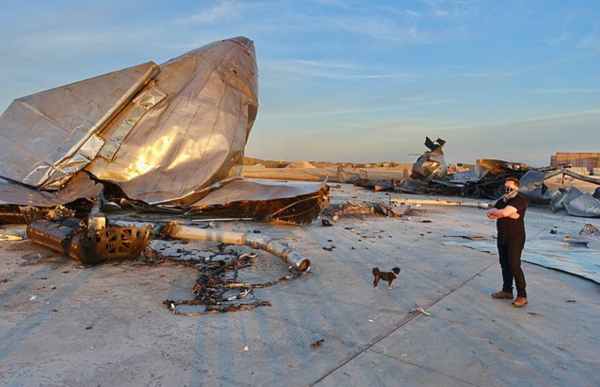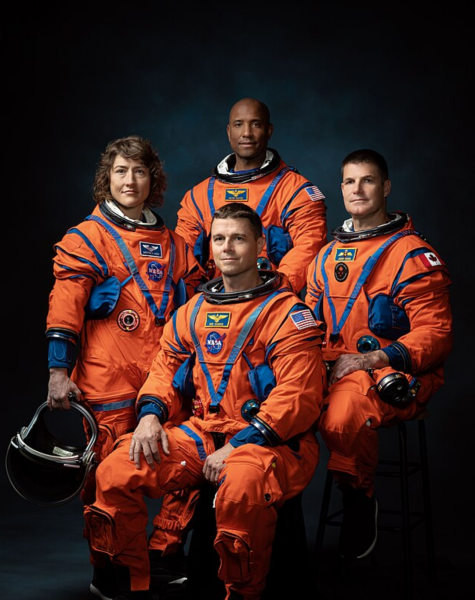Space travel is a constantly advancing technology. It provides social, political, and financial opportunities that promote progress and competition between corporations and nations alike. In this constant forward motion, scientists encounter setbacks and regularly make significant advancements. It’s crucial to address both the setbacks and the advancements, as they can learn from them both and continue to expand their scientific horizons.
SpaceX suffered an incident during the seventh test flight of the Starship spacecraft. On Jan. 16, Starship lifted off from Texas and followed its planned flight path. After launch, the first stage Super Heavy booster detached and began its descent, reigniting 12 of the 33 total Raptor engines to control its speed. Engine 13 reignited shortly after, and they collectively performed a landing burn, rapidly slowing the booster and successfully catching it for the second time.
Meanwhile, the second stage of the rocket continued upwards. At an altitude of about 90 miles and speed in excess of 13,000 mph, a fire began in the aft section of the second stage. This fire would lead to a “rapid unscheduled disassembly” of the Starship, which is SpaceX’s term for destruction. Starship’s detonation scattered debris into a cloud that then fell back to Earth.

Flights in the area of the cloud were diverted to prevent a collision. No injuries are reported as a result of the debris cloud. SpaceX will perform an investigation of the incident with Federal Aviation Administration (FAA) oversight. The next Starship test may happen before the investigation ends, pending verification that the incident wasn’t a safety hazard and was handled adequately.
In happier news, a team at Sierra Space has developed a method for extracting oxygen from moon dust. Their method works by heating lunar soil in a carbothermal reactor using a solar energy concentrator. In their testing, NASA used close substitutes for missing equipment, such as a laser in place of the solar concentrator and a compound that replicates the traits of moon dust. After the dust had melted, carbon monoxide was detected leaving the soil.
This advancement is a critical step for space travel. The ability to source oxygen from the lunar surface, even in small amounts, could extend or even permanently sustain missions. Currently, oxygen supply is a big limiter for space flight. The most obvious use of oxygen is that it allows astronauts to breathe, but that isn’t the only use. Oxygen has uses in chemical research and the fabrication of rocket fuel, which means that moon rocket fuel tanks could be made smaller and lighter. After reaching the Moon, the rockets could make their own fuel for the return journey.

According to Aaron Paz, a senior engineer at NASA, “This technology has the potential to produce several times its own weight in oxygen per year on the lunar surface, which will enable a sustained human presence and lunar economy.” After being successfully tested in a vacuum, the prototype was confirmed to be fully functional and ready for further testing. The next step is to get the machine into space, which is planned as a part of the Artemis missions. In these missions, NASA will land more astronauts and “establish the first long-term presence on the Moon.” Sierra Space’s technology is key to this plan, as it will support extended life on the lunar surface.
Sometimes it can feel like progress is stuck in a stalemate, when advancements come slowly and setbacks are frequent. However one thing that always advances is knowledge, built on the foundation of research. While setbacks aren’t ideal, each one serves as a learning opportunity for the intelligent minds involved and helps prevent further setbacks in the future.

























